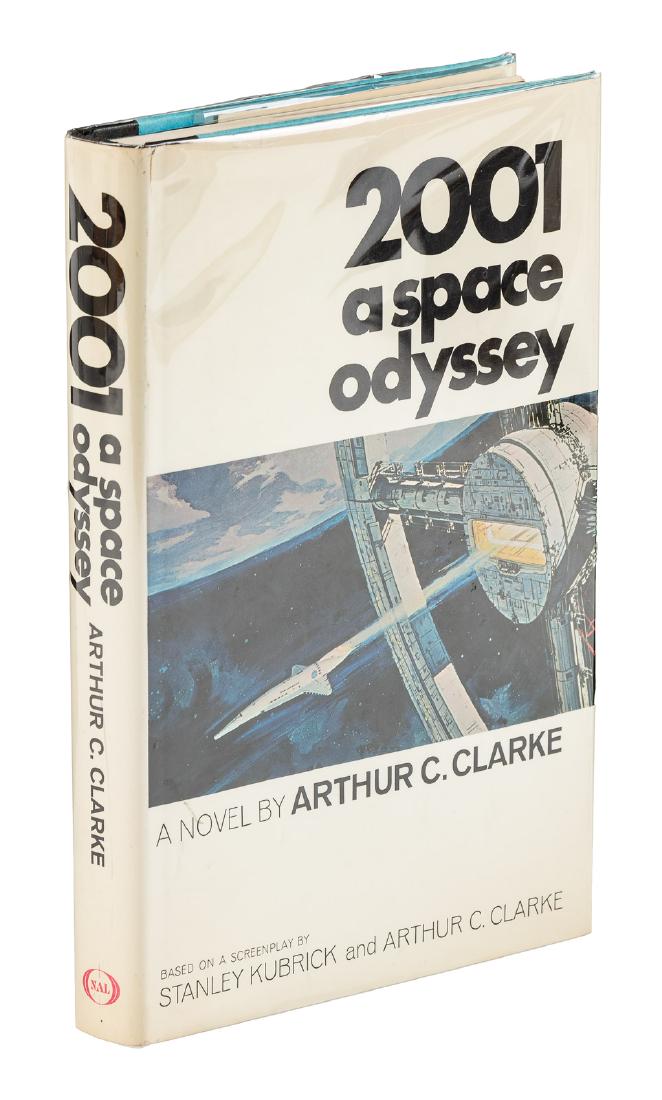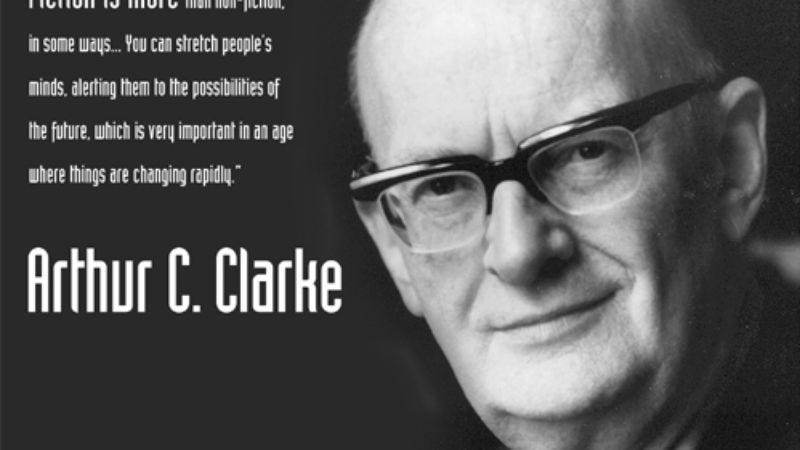

In December 1954, Clarke first visited Colombo, Sri Lanka, which at the time was called Ceylon, and he turned his attention from the sky to the sea.

Source: Christo Drummkopf/Flickr A Love Affair With Sri Lanka

In 1972, Clarke published The Lost Worlds of 2001, which included his account of the movie's production, and alternative versions of key scenes. The film was based on a 1948 story of Clarke's entitled "The Sentinel", and Clarke published a novel based on the film in 1968. In 1964, Clarke began a collaboration with movie director Stanley Kubrick, and four years later, Clarke shared an Academy Award nomination with Kubrick for the screenplay of 2001: A Space Odyssey. Source: Quinn Publishing/Kenneth Fagg/Wikimedia Commons 2001: A Space Odyssey Harry Wexler, who was then the chief of the Scientific Services Division of the US Weather Bureau, asking him about the possible use of satellites in weather forecasting. Source: Wings Publishing/Allen Anderson/Wikimedia Commons In 1948, Clarke obtained a first-class degree in Physics and Mathematics from King's College, London. In March 1945, Clarke sold his first professional science fiction story, "Rescue Party", and it appeared in the May 1946 issue of Astounding Science. Source: USAF/Wikimedia Commons "The universe is not only stranger than we imagine, it's stranger than we can imagine." - J. Today, at 36,000 kilometers (22,000 mi) above the earth, the geostationary orbit is named The Clarke Orbit by the International Astronomical Union (IAU). Following the war, Clarke returned to London, and in 1945, he published the technical paper, "Extra-terrestrial Relays," which laid down the principles for satellites in geostationary orbits.


 0 kommentar(er)
0 kommentar(er)
